Randomness of the nature or randomness created by humans plays a key role in functioning of the entire biochemical ecosystem. True random numbers are vastly required in various diversed fields; whether it is gambling, or a slot machine or in todays modern era of AI & robotics; in data encryption. Looking towards present and future of the human generation, the volume of securely encrypted data transmission required by todays network complexity of people, transactions and interactions increases continuously.
To ensure total security of these data, large volumes of true random numbers are required. These numbers should actually be random; such that even the people knowing the method used to generate them can’t predict.
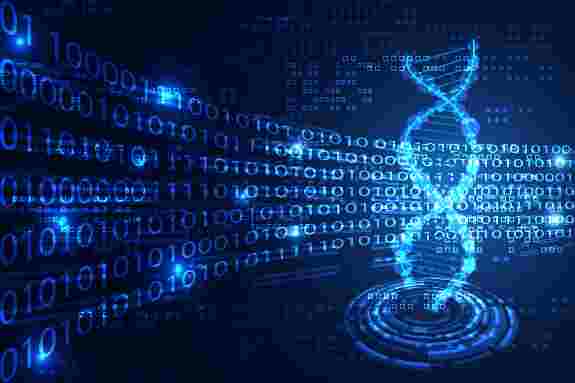
So, why all this relevant to biochemical ecosystem? How producing random numbers helping scientists?
Before we get answer to these curious questions, lets leap towards the area of randomness.
Coming Back To Where It All Started
When Francis Galton in 1890 demonstrated the simplest methods of generating random numbers; the era of Random Number Generators (RNGs) started. He demonstrated rolling dice, while saying their positions at the outset afford no perceptible clue to what they will be after even a single good shake and toss. The technological advancements thereafter increased the necessity of being able to generate large quantities of random numbers for societal needs. This led to series of technological breakthroughs, including the first generation of a hardware random number generator (RNG) into a real computer.
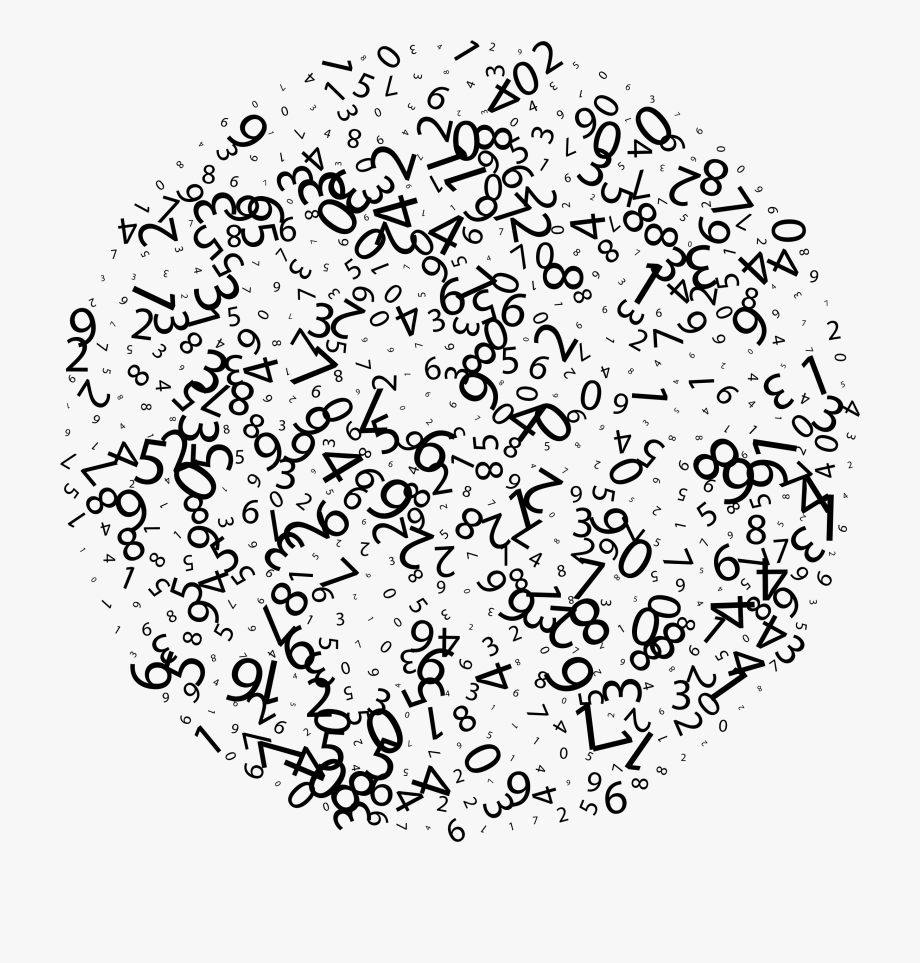
But modern world required the network security services, which introduced encryption and decryption schemes; generating high quality random numbers. Of today’s state-of-the-art RNGs, the Intel RNG provides 500 MB/s of throughput. Such hardware RNGs create bit streams depending on highly unpredictable physical processes, making them useful for secure data transmission as they are less prone to cryptanalytic attacks.
Looking application of RNGs in chemistry; where chemical reactions are statistical processes and formation of chemical reaction, follows a certain probability distribution. Although the expectation of products can be statistically predicted, being able to identify individual molecules after synthesis is rarely possible. Still, the current approaches are not being able to identify individual molecules results in the loss of randomness when analyzing certain chemical reactions. This is why; chemical reactions can’t be typically used as in RNGs.
This is however different from DNA synthesis. Also, the synthetic production of DNA is a very unpredictable chemical process. Certainly, it has various random probability distributions or patterns; which might be analyzed statistically but cannot be predicted precisely. But yet it has advantage that, individual molecules in the synthesized DNA sequence can easily be identified and at the same time analyzed by next generation sequencing (NGS) technologies.
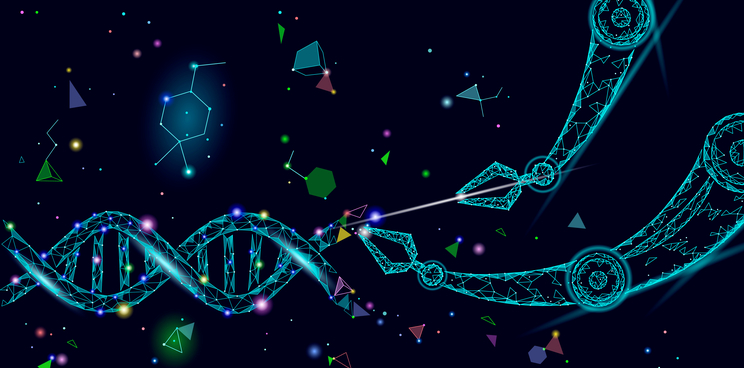
(image: LABIOTECH.eu)
The Need of Artificial DNA Synthesis in Biochemical Ecosystem & generating random numbers
You must be thinking that why exactly there is need of artificial DNA synthesis?
Well, biology as a whole is vivid and complex science and artificial DNA synthesis is even more.
Before we jump to synthesis, lets know what is replication. It certainly is an essential process where cell divides and the two daughter cells must contain same genetic information. In nature, this happens independently; and so in our body while we grow. The artificial DNA synthesis gives great value in such gene-specific studies. This field has tremendous applications and advantages in various fields. This includes DNA sequencing and identification, various species identification, disease diagnosis and many more.

Evidently, sequencing technologies to identify individual strands of DNA have been around since the late 1970s. In recent times, novel sequencing methods offer remarkable throughput and have enabled to read individual molecules. Thus, DNA can potentially be used as source of random number generation (RNG). In the past even, many researches have been conducted for using them as RNG, but were largely theoretical. Now, for the first time a non-physical method has been described for generation of such numbers.
This one uses biochemical signals and actually works in practice.
DNA Synthesis using Random Biochemical Building Blocks
For this newest approach, the ETH scientists applied the synthesis of DNA molecules. This is an established chemical research method frequently used since many years. It is generally used to synthesize precisely defined DNA sequence.
In the present case, the research team built DNA molecules with 64 biochemical building block positions. In this, one of the four DNA bases (A, C, G & T) were randomly located at each position. This was achieved by using mixture of four building blocks instead of just one, at every step of synthesis.
Interestingly, this method produced a combination of approximately three quadrillion individual molecules with a relatively simple synthesis. Afterwards, researchers used an effective method to determine the DNA sequence of five million of these molecules, which resulted in 12 Megabytes of Data. This was stored as zeros and ones on a computer.
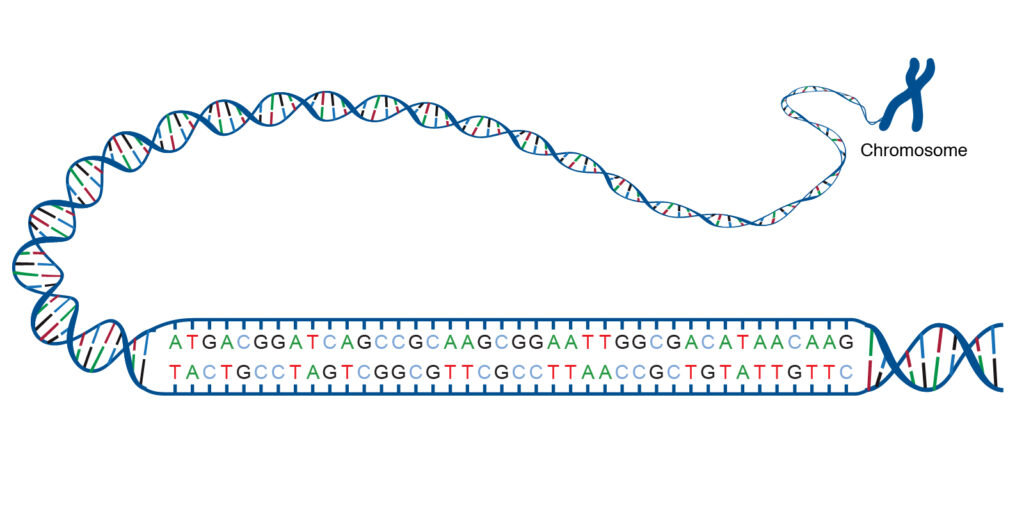
DNA Random Synthesis
This is the figure showing the DNA random synthesis. It also shows how bias in the entire procedure can be expected and how to overcome those.
Basically, DNA building blocks are mixed with the binding substrate before they enter into them. Here, they start forming a strand of DNA based on their coupling/binding efficiencies.

ri is the rate of individual nucleotides coupling.
It can be calculated by ki x ci
Where ki is respective rate constant and ci is nucleotide concentration.
Also, there are chances of individual nucleotides binding with other nucleotides during the process. This is being shielded by using protecting groups which ensures only one new nucleotide binds per DNA strand iteration. At the same time, excess nucleotides which have not found a DNA strand to bind to, are then removed from the synthesis chamber. And the DNA strands are deprotected.
To elongate each DNA strand to the desired length, the process of adding a mixture of nucleotides, washing off left-over and subsequently deprotecting is repeated as much time as required. Once the desired length of DNA strand has been achieved, the DNA is cleaved from the synthesis support.
Small Space + Biochemical random number = Huge Quantity of Randomness
Although the researchers opted for bias free approach, analysis showed that distribution of those four biochemical building blocks A, C, G, T was not entirely even. Either the intricacies of nature or the synthesis method deployed led to the bases G and T being integrated more frequently in the molecules than the other two. But ETH scientists were able to solve even this issue with another simple algorithm and in turn generating perfect or true random numbers.
The main aim of team was to show that random occurrences in the chemical reactions can be exploited to generate perfect random numbers. Potentially, by synthesizing 204 µg of DNA, we have shown the possibility of synthesizing random numbers at a rate higher than 225 GB/s, offering volumes of up to 7 million GB of randomness for a cost of 0.000014 USD/GB (synthesis) and a fully scalable read-out on demand using Illumina sequencing technology.
Thus, in their work, researchers have taken advantage of the stochastic (unpredictable) properties of chemical reactions, generating true random numbers from DNA synthesis, offering a viable alternative for large volumes of randomness. While efforts are ongoing, reducing costs for reading and writing DNA, utilizing DNA as a commercial biochemical RNG could already be of interest today and in future to follow.
The study of randomness using biochemical methods; truly interlinks all three areas of science and in turn Humans to nature.
—OSD
Apart from DNA, Proteins are essential biochemical components too. To get more details about “Proteins like never before have been synthesized in the year of 2019”; Click here


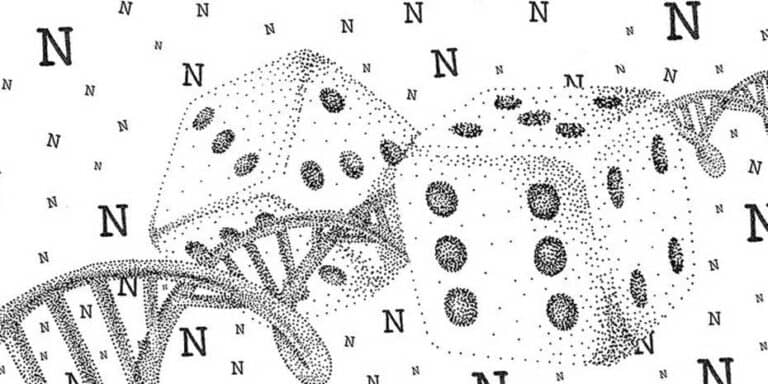

[…] this very easily, while many-a-times blood vessels burst or sometimes complications happen too. Biomedical techniques have always been finding to solve the issue and here they are; pain-free, time-saving and […]
[…] Immune response is genetically encoded in some complex ways, which implies that when DNA doesn’t have a read only installer for coronavirus response, synthetic mRNA can bluff the body mechanisms to manufacture the responses in some way. This genetic complexity is based on the randomness amongst the nature and biochemical DNA. To read about random DNA synthesis paving ways of future biochemical methods. Click here. […]